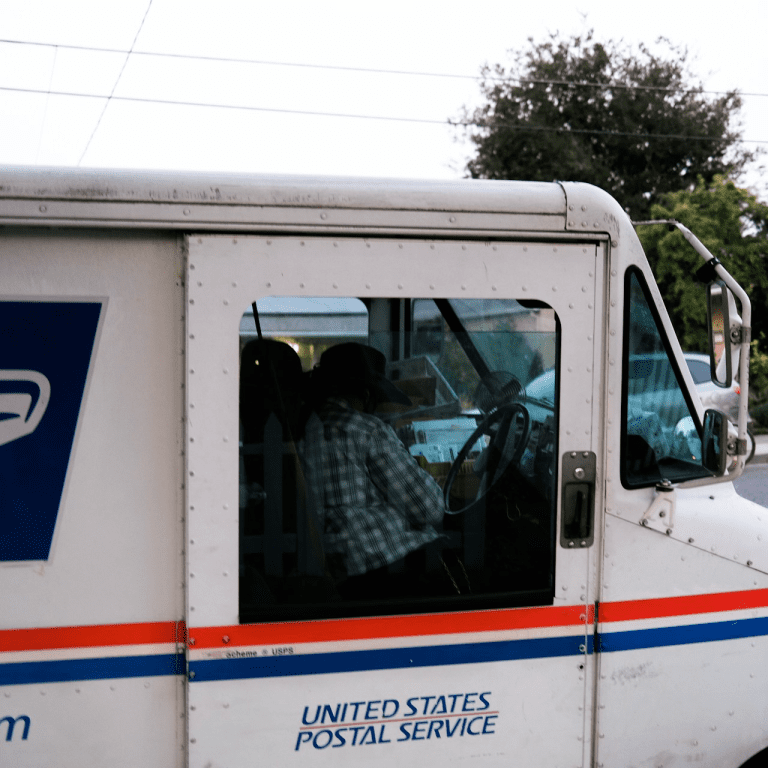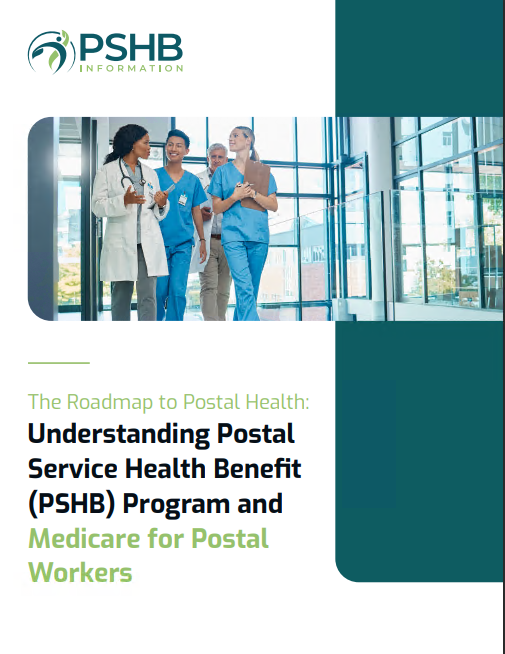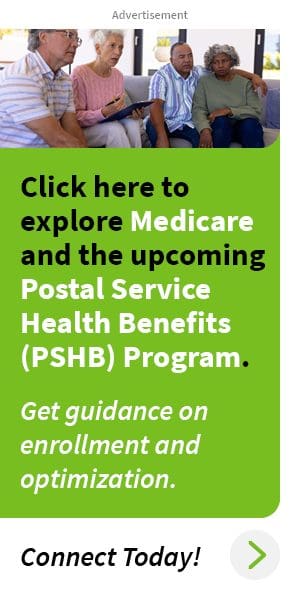Key Takeaways
-
Understanding PSHB eligibility rules ensures you and your loved ones retain necessary health coverage during retirement.
-
Knowing how Medicare works with PSHB can help you make cost-effective decisions for better health benefits.
Who is Eligible for PSHB?
The Postal Service Health Benefits (PSHB) program is a critical resource for retirees, spouses, and family members looking for reliable health coverage in 2025. Eligibility is straightforward, but you need to meet certain criteria to qualify for enrollment. Let’s dive into the details.
Retirees
If you’re a Postal Service retiree, you’re automatically eligible for PSHB. However, to maintain coverage, you must:
-
Have retired from the Postal Service with an annuity under the Federal Employees Retirement System (FERS) or the Civil Service Retirement System (CSRS).
-
Enroll during the Open Season or within 60 days of a Qualifying Life Event (QLE), such as marriage or the birth of a child.
Your retirement status ensures you’re part of a group plan, making premiums and costs more affordable than private health insurance options.
Spouses and Survivors
Spouses of retirees are also eligible for PSHB coverage. If you’re married to a Postal Service retiree, your enrollment process is tied to your spouse’s status. As long as your spouse maintains PSHB coverage, you can also enroll. Survivor benefits extend to:
-
Widowed spouses, provided the retiree’s survivor annuity is active.
-
Dependent children up to age 26, under the Self Plus One or Self and Family plan options.
Maintaining eligibility as a spouse or dependent requires no lapses in coverage, so timely enrollment is crucial.
Medicare-Eligible Family Members
For family members eligible for Medicare, integration with PSHB simplifies healthcare management. This applies to:
-
Retirees who qualify for Medicare Parts A and B.
-
Spouses or dependents over 65 who are Medicare-eligible.
Medicare enrollment ensures you gain access to reduced deductibles and copayments under PSHB. Keep in mind that coordination of benefits between Medicare and PSHB is designed to lower your out-of-pocket costs significantly.
Medicare and PSHB: A Perfect Match
Medicare integration plays a vital role in your PSHB coverage. Let’s unpack how these two systems work together.
The Medicare Part B Requirement
Starting in 2025, Medicare-eligible PSHB enrollees must sign up for Medicare Part B to maintain their benefits. While this might seem like an added expense, it’s designed to work in your favor by reducing overall costs for:
-
Doctor visits
-
Outpatient care
-
Preventive services
Failure to enroll in Medicare Part B could result in losing certain PSHB benefits, so make sure you’re aware of this requirement.
Prescription Drug Coverage
Under PSHB, Medicare-eligible retirees and family members automatically receive prescription drug coverage through a Part D Employer Group Waiver Plan (EGWP). This eliminates the need for separate Part D enrollment and caps annual out-of-pocket drug costs at $2,000. This cap provides significant financial relief, especially for those managing chronic conditions or high medication expenses.
Cost Savings
Enrolling in Medicare alongside PSHB enables you to:
-
Avoid redundant premiums.
-
Maximize federal contributions to your PSHB plan.
-
Benefit from reduced cost-sharing for hospital and outpatient services.
Qualifying Life Events and Enrollment Periods
Understanding the timelines for enrollment can save you from potential coverage gaps.
Open Season
The annual Open Season is your primary window to enroll in PSHB, typically running from mid-November to mid-December. Changes made during Open Season take effect on January 1 of the following year. Use this time to:
-
Enroll in a plan.
-
Switch between plan types (e.g., Self Only to Self and Family).
-
Adjust coverage levels to align with your healthcare needs.
Special Enrollment Periods
Special Enrollment Periods (SEPs) allow you to make changes outside Open Season due to specific Qualifying Life Events (QLEs), including:
-
Marriage or divorce
-
Birth or adoption of a child
-
Moving out of a plan’s service area
SEPs typically provide a 60-day window to update your coverage, so act promptly when life changes occur.
What Happens If You’re Not Eligible?
Ineligibility for PSHB doesn’t mean you’re left without options. Here’s what to do:
-
Check if you qualify for health coverage under a family member’s plan.
-
Explore other government programs like FEHB or Medicaid.
-
Review private insurance plans, but be cautious of higher premiums and less comprehensive coverage compared to PSHB.
It’s essential to understand your alternative options to avoid gaps in your healthcare coverage.
Benefits Beyond Healthcare
PSHB isn’t just about medical coverage. It offers additional benefits that enhance your overall well-being:
Vision and Dental Care
Many PSHB plans include vision and dental benefits, covering:
-
Routine exams
-
Glasses and contact lenses
-
Basic and major dental procedures
These added perks reduce out-of-pocket expenses for routine and specialized care, ensuring comprehensive coverage.
Wellness Programs
Your PSHB plan may also offer wellness programs that incentivize healthy lifestyles, such as:
-
Gym memberships
-
Smoking cessation programs
-
Weight management resources
Taking advantage of these benefits can lead to long-term health improvements and lower healthcare costs.
Keeping Costs Manageable
Healthcare expenses can add up, even with comprehensive coverage. Here’s how you can keep costs under control:
Plan Selection
Choosing the right PSHB plan is crucial. Compare plan options during Open Season to ensure you’re getting the coverage you need without overspending. Consider factors like:
-
Premiums
-
Deductibles
-
Coinsurance rates
-
Network size
Coordination of Benefits
If you have Medicare, coordinating benefits between PSHB and Medicare can help you avoid unnecessary expenses. For example:
-
Medicare becomes the primary payer for hospital and outpatient services.
-
PSHB covers the remaining costs, minimizing your financial burden.
Preventive Care
Take advantage of preventive care services covered under your plan, such as:
-
Annual check-ups
-
Screenings for common conditions
-
Vaccinations
Early detection and prevention can save you money on treatments down the line.
Your Next Steps for Peace of Mind
To ensure you and your family’s health coverage is secure, take the following steps:
-
Verify Eligibility: Confirm that you and your dependents meet PSHB requirements.
-
Enroll During Open Season: Mark your calendar and review plan options carefully.
-
Understand Medicare Integration: If you’re Medicare-eligible, complete your enrollment in Part B and coordinate benefits.
-
Review Benefits Annually: Healthcare needs change, so reassess your coverage during each Open Season.
With the right plan and preparation, PSHB can provide you and your family with comprehensive, cost-effective health coverage tailored to your needs.
Ready to Make the Most of PSHB in 2025?
Navigating PSHB eligibility and benefits doesn’t have to be overwhelming. With a clear understanding of your options and timelines, you can secure the health coverage you need for a worry-free retirement. Start planning today to ensure a healthier tomorrow.








